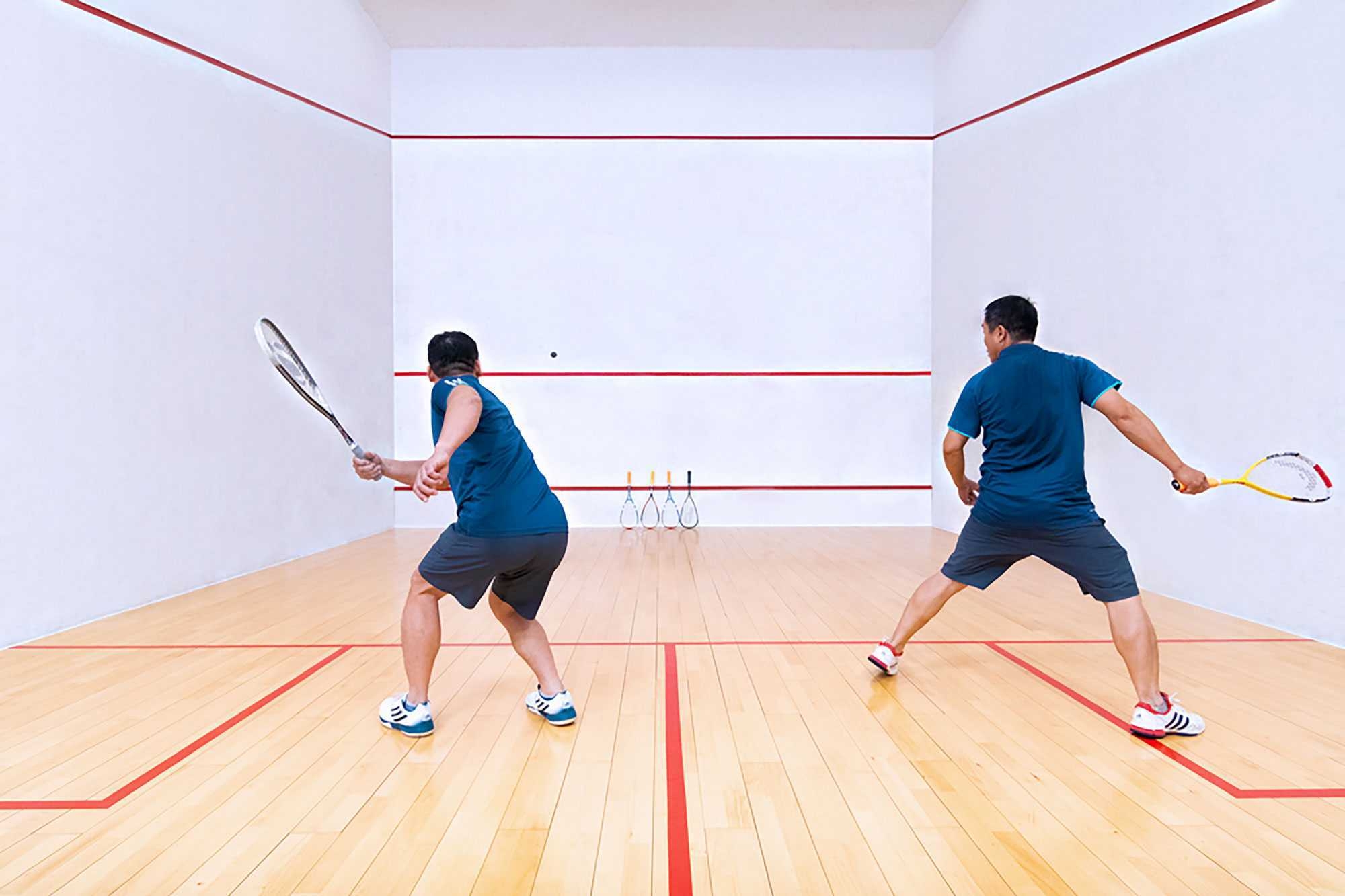Exploring the Elegance and Intensity of Squash: A Sport for the Agile and Strategic

Squash, often dubbed the "fastest racket sport," is an exhilarating and demanding game that blends lightning-fast reflexes with strategic finesse. Played in a four-walled court with a small, rubber ball, squash challenges its players both physically and mentally, making it a favorite among those who crave intensity and precision in their athletic pursuits.
Origins and Evolution
The origins of squash can be traced back to 19th-century England, where it evolved from the game of rackets. The sport gained popularity due to its accessibility—requiring only a ball, a racket, and a closed space—and its fast-paced nature. Over time, squash courts became standardized, and the rules were formalized to create the structured game known today.
The Basics: Court, Equipment, and Gameplay
Squash is typically played in a rectangular court enclosed by four walls, each measuring about 32 feet in length and 21 feet in width. The front wall features a "front wall line" and a "tin" (a small board) near the floor, demarcating the area where the ball must be hit. Players use small, strung rackets to hit a small, hollow rubber ball against the front wall.
The objective is to hit the ball in a way that makes it difficult or impossible for the opponent to return it before it bounces twice. A rally continues until one player fails to hit the ball before it bounces twice or hits the ball out of bounds.
Physical and Mental Demands
Success in squash requires a combination of physical fitness and mental acuity. Players must possess exceptional agility, speed, and endurance to cover the court quickly and respond to their opponent's shots effectively. Additionally, squash demands strategic thinking, as players must anticipate their opponent's moves and adapt their tactics accordingly to gain an advantage.
Strategy and Techniques
While squash shares similarities with other racket sports, such as tennis and racquetball, it has its own unique strategies and techniques. Players employ a variety of shots, including drives (low, fast shots aimed at the side walls), drops (delicate shots that barely clear the tin and land close to the front wall), and lobs (high shots aimed at the back corners to move opponents out of position).
Understanding court positioning, shot selection, and timing are crucial to mastering squash. Players often engage in rallies that require quick changes in direction, rapid acceleration, and precise shot execution to outmaneuver their opponent.
Squash Community and Global Appeal
Squash boasts a vibrant global community, with enthusiasts and competitive players spanning continents. It is recognized by the International Olympic Committee (IOC) and continues to grow in popularity as more people discover its unique blend of athleticism and strategy.
Professional squash tournaments, such as the British Open and the PSA World Championships, attract top players from around the world, showcasing the sport's elite athleticism and competitive spirit.
Conclusion: The Allure of Squash
In conclusion, squash stands as a testament to the fusion of physical prowess and mental agility. Its demanding nature appeals to athletes seeking a challenge that tests both their reflexes and strategic thinking. Whether played casually or competitively, squash offers a dynamic and engaging experience that captivates players and spectators alike.
For those intrigued by the prospect of mastering a sport that combines speed, skill, and strategy, squash presents an inviting challenge—an invitation to step onto the court, pick up a racket, and immerse oneself in the elegance and intensity of this remarkable game.
- Arts
- Business
- Computers
- Jogos
- Health
- Início
- Kids and Teens
- Money
- News
- Recreation
- Reference
- Regional
- Science
- Shopping
- Society
- Sports
- Бизнес
- Деньги
- Дом
- Досуг
- Здоровье
- Игры
- Искусство
- Источники информации
- Компьютеры
- Наука
- Новости и СМИ
- Общество
- Покупки
- Спорт
- Страны и регионы
- World


